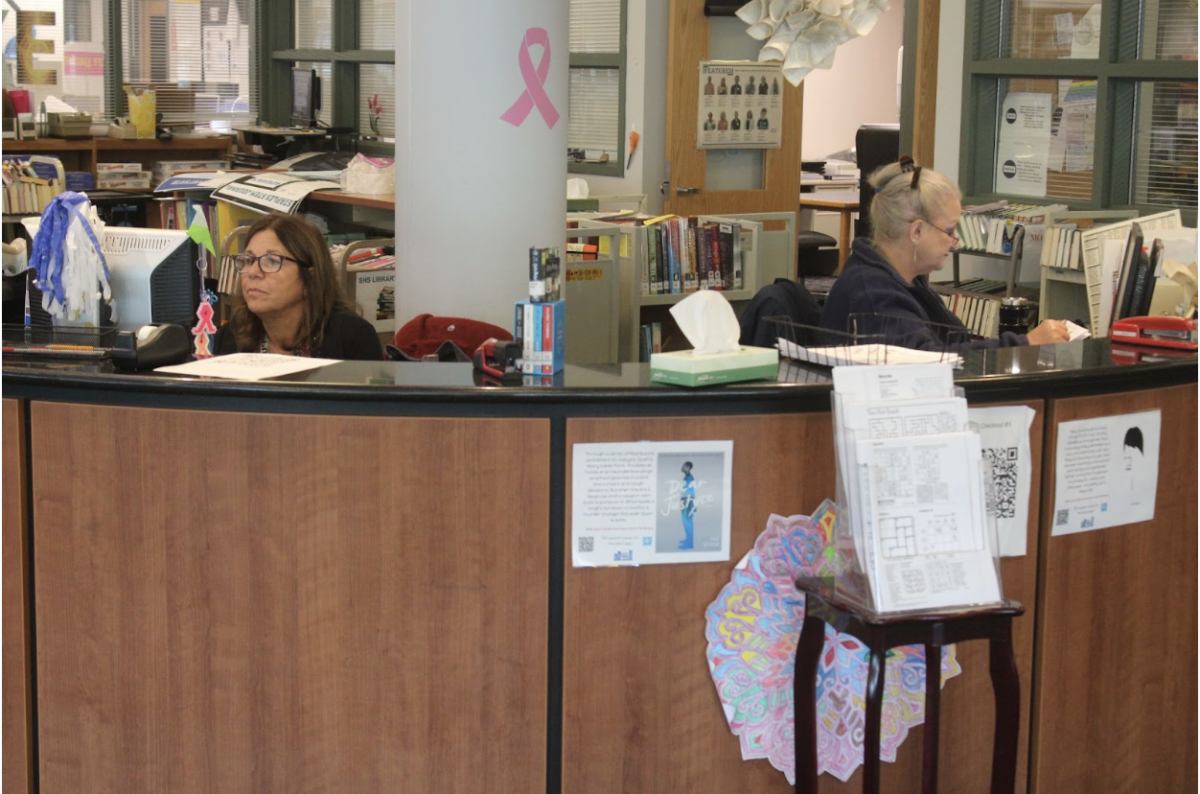Have you ever found yourself wondering about the brilliant minds behind some of the most beloved stories in English literature? Perhaps you've heard whispers of a certain informal literary group, a gathering of thinkers whose conversations shaped worlds. This is, you know, precisely what we're here to talk about today: the latest inklings news, focusing on a truly special group that met in Oxford. It's almost like stepping back in time to witness intellectual history unfolding.
Many people, you know, often talk about C.S. Lewis and J.R.R. Tolkien, and their part in this remarkable Oxford writers' group. Their names, in fact, resonate deeply with readers across the globe. But what about the broader picture? What was this group, really, and who else was part of its vibrant discussions? We'll explore these questions, bringing a fresh perspective to this fascinating literary circle.
For bibliophiles and curious minds alike, understanding the Inklings offers a glimpse into the creative process of literary giants. It helps us, perhaps, appreciate the rich environment where such imaginative works came to life. So, if you're keen to learn more about this influential group and what made them so unique, you've come to the right place. We're here to share some interesting details about their legacy.
Table of Contents
- Who Were the Inklings?
- Inklings Group Profile
- The Minds Behind the Magic: Key Inklings Members
- Where and When They Met: The Oxford Connection
- What They Talked About: Literature, Philosophy, and More
- The Lasting Echoes of the Inklings
- Frequently Asked Questions About the Inklings
Who Were the Inklings?
The Inklings, as a matter of fact, represented an informal literary discussion group. They were, you know, deeply associated with C.S. Lewis at the University of Oxford. This gathering, in some respects, was not a formal club with strict rules, but rather a relaxed assembly of minds. It flourished for nearly two decades, spanning the period between the early 1930s and the late 1940s, specifically continuing until late 1949.
This group, basically, consisted of writers and thinkers who found common ground in their shared interests. They were, you know, a community of individuals who gathered weekly. Their purpose, it seems, was to study the words of both ancient and modern prophets, among other things. It was, arguably, a place where ideas could truly blossom and be explored without much formality.
The Inklings, to be honest, were a literary group established in Oxford during the 1930s. Its members, mostly academics at the university, met consistently. This consistent meeting schedule allowed for a deep and ongoing exchange of thoughts and creative endeavors. It was, in a way, a crucible for some truly remarkable literary output.
Inklings Group Profile
To give you a clearer picture, here are some key details about this remarkable literary group. This profile, you know, highlights the essential facts that define the Inklings. It's like a quick snapshot of their core identity and purpose.
| Group Type | Informal literary discussion group, informal group of writers, literary circle |
| Primary Association | C.S. Lewis at the University of Oxford |
| Location | Oxford, Oxfordshire, England |
| Period of Activity | Early 1930s to late 1940s (specifically until late 1949), nearly two decades |
| Typical Members | Mostly academics at the university, Oxford professors and residents |
| Meeting Frequency | Weekly, often on Thursdays |
| Main Activities | Discuss literature, philosophy, and culture; study words of ancient and modern prophets |
The Minds Behind the Magic: Key Inklings Members
When we talk about the Inklings, naturally, certain names come to mind immediately. The group, after all, was known for its incredible talent and the profound influence of its central figures. These individuals, you know, were not just colleagues but friends who spurred each other on to creative heights. It’s quite remarkable, really, how much they achieved together.
C.S. Lewis and J.R.R. Tolkien
Lots of people, basically, talk about C.S. Lewis and J.R.R. Tolkien. Their part in the Oxford writers' group called the Inklings is, frankly, legendary. These two figures, in fact, formed a significant nucleus of the group. Their discussions, you know, often centered around their creative works and shared interests in myth, language, and storytelling. It’s hard to imagine the group without them.
J.R.R. Tolkien, for instance, contributed greatly to the literary landscape with his epic tales. C.S. Lewis, too, left an indelible mark with his allegorical narratives and theological writings. Their presence, you know, ensured that the Inklings were a hub of intense intellectual activity. They were, in some respects, the gravitational centers of this literary universe.
Even if you don't know their names, you've probably read or heard of their works. This is, you know, a testament to the enduring power of their storytelling. Their contributions, frankly, continue to shape literature and popular culture to this very day. Bibliophiles, in particular, know the group for its two most famous members, Lewis and Tolkien, and the lasting impact of their creations.
Other Notable Figures in the Circle
While Lewis and Tolkien are, naturally, the most widely recognized, the Inklings were not just a two-person show. The group, you know, included other brilliant minds who contributed to its rich discussions. These members, in fact, brought diverse perspectives and expertise to the table, making the conversations truly dynamic. It was, apparently, a very stimulating environment.
The informal literary group, you see, mainly consisted of J.R.R. Tolkien and C.S. Lewis, but also featured Owen Barfield, Hugo Dyson, Nevill Coghill, and Charles Williams. These individuals, in fact, were key participants in the group's regular meetings. Their presence, you know, helped to broaden the scope of the discussions beyond just the works of Lewis and Tolkien. It’s worth remembering their contributions.
Many wonder, you know, who were the other members of the Inklings beyond these prominent figures. The provided information, you know, highlights these specific individuals as central to the group. While the question of "other 17 members" is posed, the core text focuses on these named academics and writers. It suggests that while others might have joined occasionally, these were the consistent and well-documented participants. To learn more about literary groups in history, you might find this external resource interesting: Britannica: Literary Society.
Where and When They Met: The Oxford Connection
The setting for the Inklings' gatherings was, quite fittingly, the historic city of Oxford. This location, you know, is synonymous with academic excellence and intellectual pursuit. The Inklings were, after all, a group of Oxford professors and residents. Their meetings, in fact, took place within this very academic environment, which surely shaped their conversations. It was, basically, their home turf.
The group, you know, met in Oxford, Oxfordshire, England. This specific geographical detail places them firmly within a renowned center of learning. Their association with the University of Oxford, in England, was, in some respects, a defining characteristic. It meant that their discussions were often informed by scholarly pursuits and deep academic knowledge. Learn more about Oxford's academic history on our site.
For nearly two decades, between the early 1930s and late 1949, the Inklings convened regularly. Its members, mostly academics at the university, met consistently during this period. The group would often meet on Thursdays, making it a regular fixture in their weekly routines. This consistent schedule, you know, allowed for ongoing projects and continuous intellectual exchange. It was, apparently, a very cherished tradition.
What They Talked About: Literature, Philosophy, and More
The Inklings were, at their heart, a literary discussion group. Their conversations, you know, went far beyond casual chatter. They delved deeply into significant topics. The group's primary focus, in fact, involved discussing literature, philosophy, and culture. These were the broad categories that encompassed their intellectual curiosity. It was, arguably, a very rich tapestry of subjects.
As an informal group of writers, their meetings were, naturally, a space for creative exploration. They would, you know, often read aloud from their works in progress, offering constructive criticism and encouragement. This peer review process, in fact, was a crucial part of their dynamic. It helped to refine their writing and shape their ideas before they reached a wider audience. They were, in a way, each other's first readers.
Bibliophiles, you know, know the group for its contributions to literature. Their discussions, in some respects, were the fertile ground from which their published works grew. The conversations about philosophy and culture, too, added layers of depth to their imaginative worlds. It was, basically, a holistic approach to intellectual engagement. This broad scope, you know, made their gatherings truly unique.
The community of women who gather weekly to study the words of ancient and modern prophets, as mentioned in the text, seems to draw a parallel to the Inklings' spirit of collective study and intellectual growth. This highlights, you know, a universal desire for shared learning and discussion, much like the Inklings themselves. It's about, you know, finding wisdom together. These sprinkles of goodness, you see, add up over time, building a deeper understanding.
The Lasting Echoes of the Inklings
The influence of the Inklings, you know, continues to resonate today. Even if you don't know their names, you've probably read or heard of the stories that sprang from their circle. This enduring presence, in fact, speaks volumes about the power of their ideas and the quality of their work. Their impact, in some respects, is truly widespread. It’s quite amazing, really.
The Inklings were, essentially, an informal literary circle in Oxford that began meeting in the early 1930s and continued until the late 1940s. The nucleus of the group seemed to be C.S. Lewis, around whom many of these bright minds gathered. Their collective output, you know, has enriched the world's literary canon immensely. It’s a legacy that continues to inspire new generations of readers and writers.
Their discussions about literature, philosophy, and culture, you know, laid the groundwork for narratives that explore deep human truths. The group, you see, was a space where imagination met intellect. Their works, in fact, are still discussed, studied, and enjoyed by millions. This continued relevance is, perhaps, the most significant inklings news of all. It shows, you know, how much they matter.
Bibliophiles, as a matter of fact, know the group for its two most famous members, C.S. Lewis and J.R.R. Tolkien, and the lasting works they created. The group would often meet on Thursdays, and these regular gatherings, you know, fostered an environment of mutual support and creative ferment. It was, apparently, a very special time for these writers. You can find more information on their works on this page.
Frequently Asked Questions About the Inklings
What was the primary purpose of the Inklings group?
The Inklings were, basically, an informal literary discussion group. Their main purpose was, you know, to discuss literature, philosophy, and culture. They also, in some respects, served as a community for writers to share and critique their works in progress. It was, essentially, a place for intellectual exchange and creative encouragement.
Who were the most well-known members of the Inklings?
The most widely recognized members of the Inklings were, naturally, J.R.R. Tolkien and C.S. Lewis. However, the group also included other notable figures such as Owen Barfield, Hugo Dyson, Nevill Coghill, and Charles Williams. These individuals, you know, formed the core of this influential literary circle.
Where and when did the Inklings typically meet?
The Inklings, you know, met in Oxford, Oxfordshire, England. Their gatherings took place at the University of Oxford, where most members were academics. The group would often meet on Thursdays, and these meetings occurred regularly for nearly two decades, from the early 1930s until the late 1940s, specifically concluding in late 1949.



